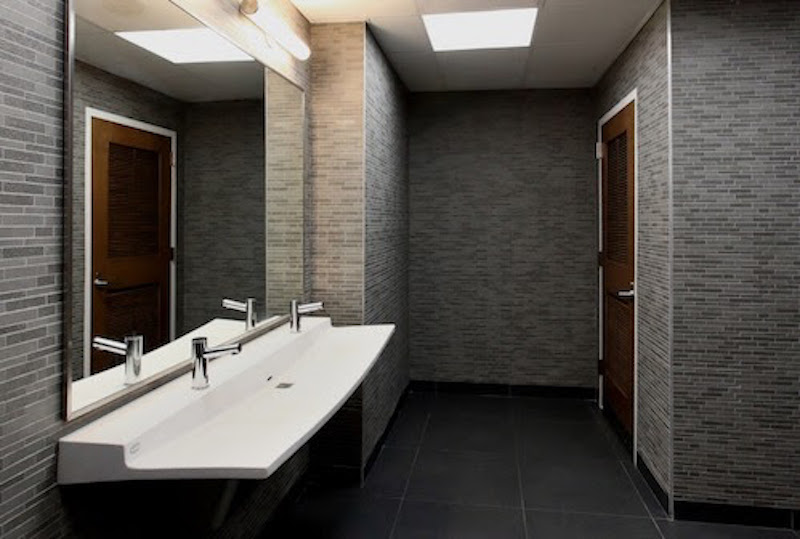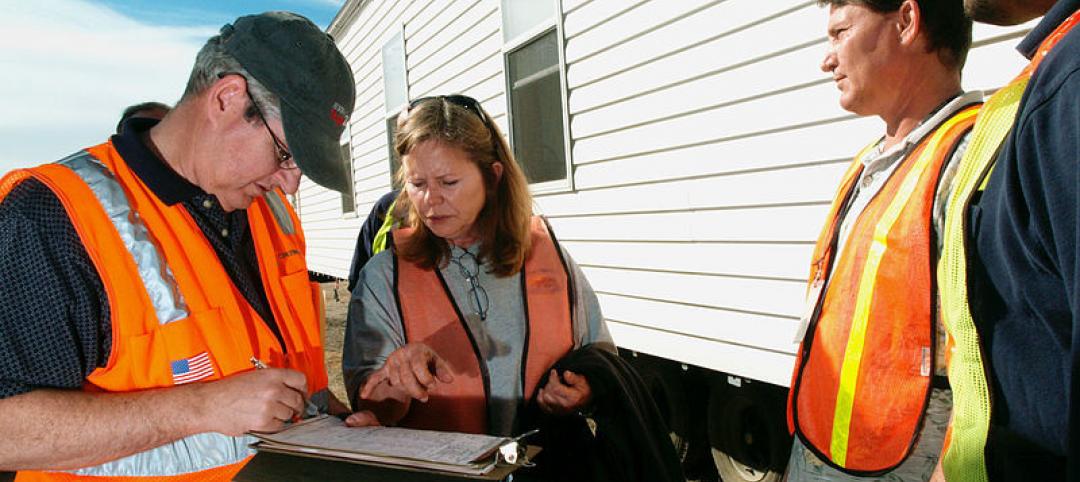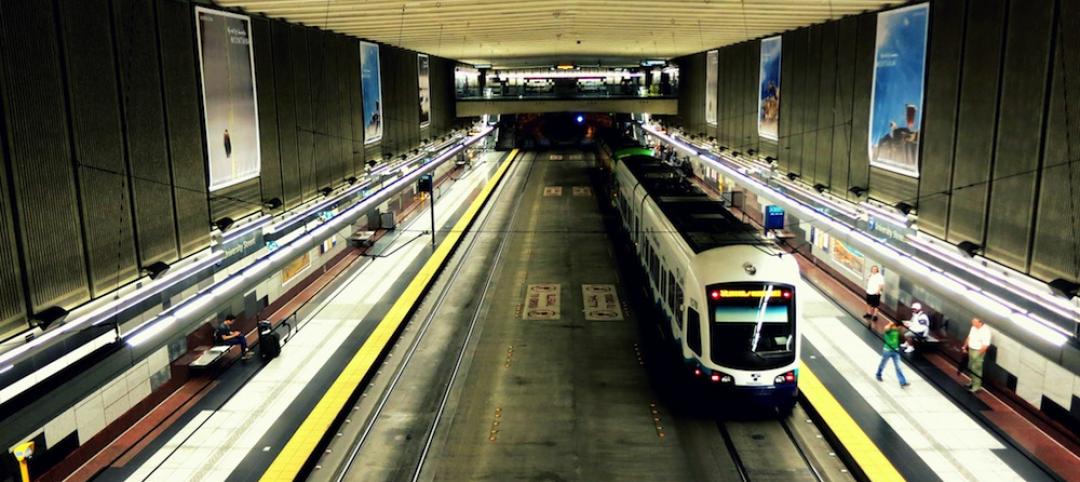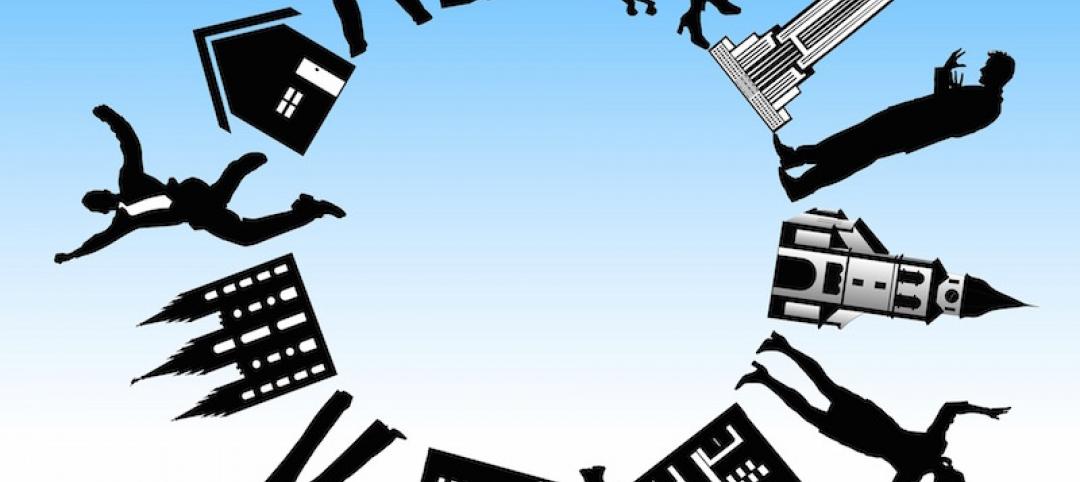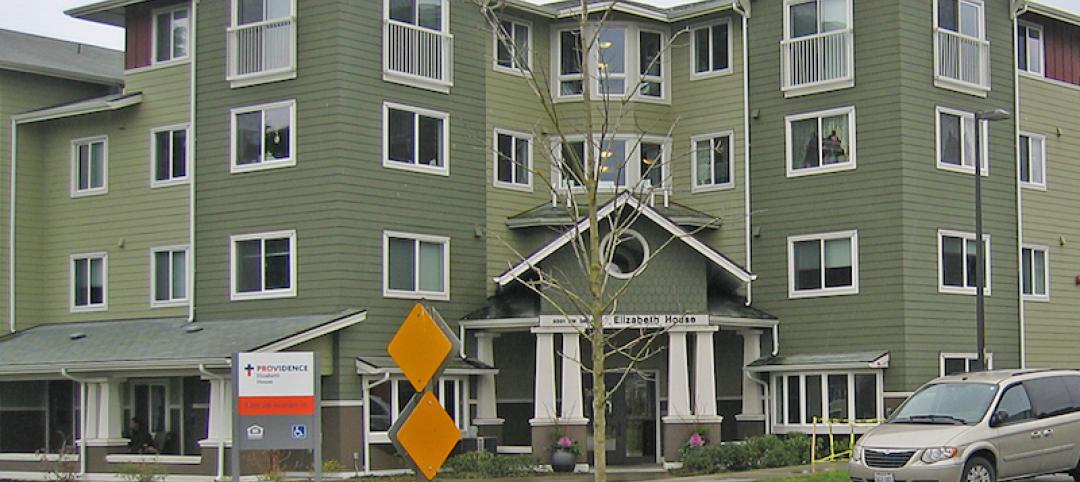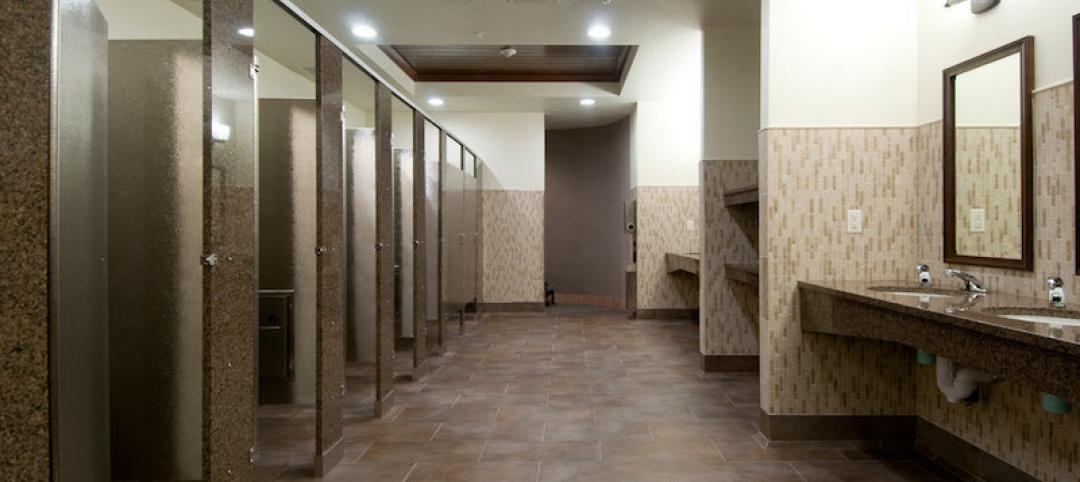A new survey shows how businesses ultimately pay a price for having unpleasant restroom conditions – and reap the rewards of providing good ones.
56% of American adults said they are unlikely to return to a business after experiencing unpleasant restrooms, according to the Healthy Hand Washing Survey by Bradley Corp. Other disheartened customers will complain to management, tell a friend, post a comment on social media or leave right away without completing their business.
Conversely, businesses that have pleasant, well-maintained restrooms can turn into customer magnets. 70% of Americans say they have made a conscious effort to select a specific business because it has restrooms that are cleaner and better maintained. That number is even higher for Millennials – 77% of respondents aged 18-34 say they’ve patronized certain businesses because they have cleaner restrooms.
“Depending on their condition, public restrooms can become significant business liabilities – or ringing endorsements,” said Jon Dommisse, director of global marketing and strategic development at Bradley Corp., a manufacturer of commercial washroom products. “Good restrooms clearly give businesses a competitive edge.
“For eight years our survey has shown how letting restroom maintenance slip through the cracks can have a substantial negative impact – ultimately lost business. Now, in contrast, we see that decent restrooms invite positive customer reinforcement and likely attract more sales.”
Moreover, expectations for a business’ restrooms are clearly tied to customers’ perceptions of the quality of the goods or services. According to the survey, 92% expect that a business that provides high quality products or services would also have restrooms that deliver a high quality experience.
Despite the high value that customers put on restroom conditions, the survey also uncovered an adverse trend showing that more businesses are at an increased risk for losing customers due to messy facilities. In 2017 almost 70% of Americans said they recall having an unpleasant restroom experience – that number was only 60% in 2015.
Dommisse said that keeping regular scheduled maintenance on the radar is essential, citing the following common restroom aggravations uncovered by the survey: empty or jammed toilet paper dispensers (mentioned by 93% of respondents); clogged or unflushed toilets (87%); stall doors that don’t latch (81%); bad smells (79%); and an overall appearance that’s old, dirty or unkempt (79%).
Further, Americans don’t like touching things in public restrooms and they use all sorts of techniques to avoid coming into contact with surfaces like relying on their foot to operate the toilet flusher, using a paper towel to grasp the door handle and hovering over the toilet seat.
When asked what restroom improvements they’d like to see, it’s not surprising that cleanliness topped the list. After that, Americans want touchless fixtures and better stocking of supplies, such as toilet paper, soap and paper towels.
The annual survey queried 1,042 American adults online Dec. 12-15, 2016 about their hand washing habits in public restrooms and concerns about germs, colds and the flu. Participants were from around the country, were 18 years and older, and were fairly evenly split between men and women (49 and 51 percent).
Related Stories
Industry Research | Apr 15, 2016
Commercial construction starts jumped 18% in March
Nonresidential construction has gotten off to a hot start this year and looks to gain even more momentum throughout the spring.
Industry Research | Apr 14, 2016
Contractor confidence down, but not out
Despite a slight regression, nonresidential construction confidence is still in positive territory
Industry Research | Apr 7, 2016
CBRE provides latest insight into healthcare real estate investors’ strategies
Survey respondents are targeting smaller acquisitions, at a time when market cap rates are narrowing for different product types.
Industry Research | Apr 4, 2016
AIA: Public-private partnerships could solve nation’s public infrastructure crisis
A new white paper addresses the nation’s $3 trillion public infrastructure crisis and how public private partnerships offer a possible solution.
Retail Centers | Mar 16, 2016
Food and technology will help tomorrow’s malls survive, says CallisonRTKL
CallisonRTKL foresees future retail centers as hubs with live/work/play components.
Architects | Mar 11, 2016
AIA survey finds many women and minority architects still feeling underrepresented and unfulfilled
Dissatisfaction with “work-life balance” and compensation are cited as reasons why companies’ diversity strategies may be faltering.
Office Buildings | Feb 26, 2016
Benching, desking, and (mostly) paper-free: Report identifies top trends in workplace design for 2016
The report, from Ted Moudis Associates, encompasses over 2.5 million sf of workspace built over the past two years.
Multifamily Housing | Feb 24, 2016
Senior housing sector experiences record-setting year, says CBRE
Senior housing occupancy is at its highest level since 2007, and 2015 was a record year for sales and institutional transactions, according to CBRE.
Industry Research | Feb 22, 2016
8 of the most interesting trends from Gensler’s Design Forecast 2016
Technology is running wild in Gensler’s 2016 forecast, as things like virtual reality, "smart" buildings and products, and fully connected online and offline worlds are making their presence felt throughout many of the future's top trends.
Industry Research | Feb 18, 2016
Public restroom neglect on the rise
Americans are encountering more unkempt restrooms, triggering negative perceptions of businesses, according to a new study.


